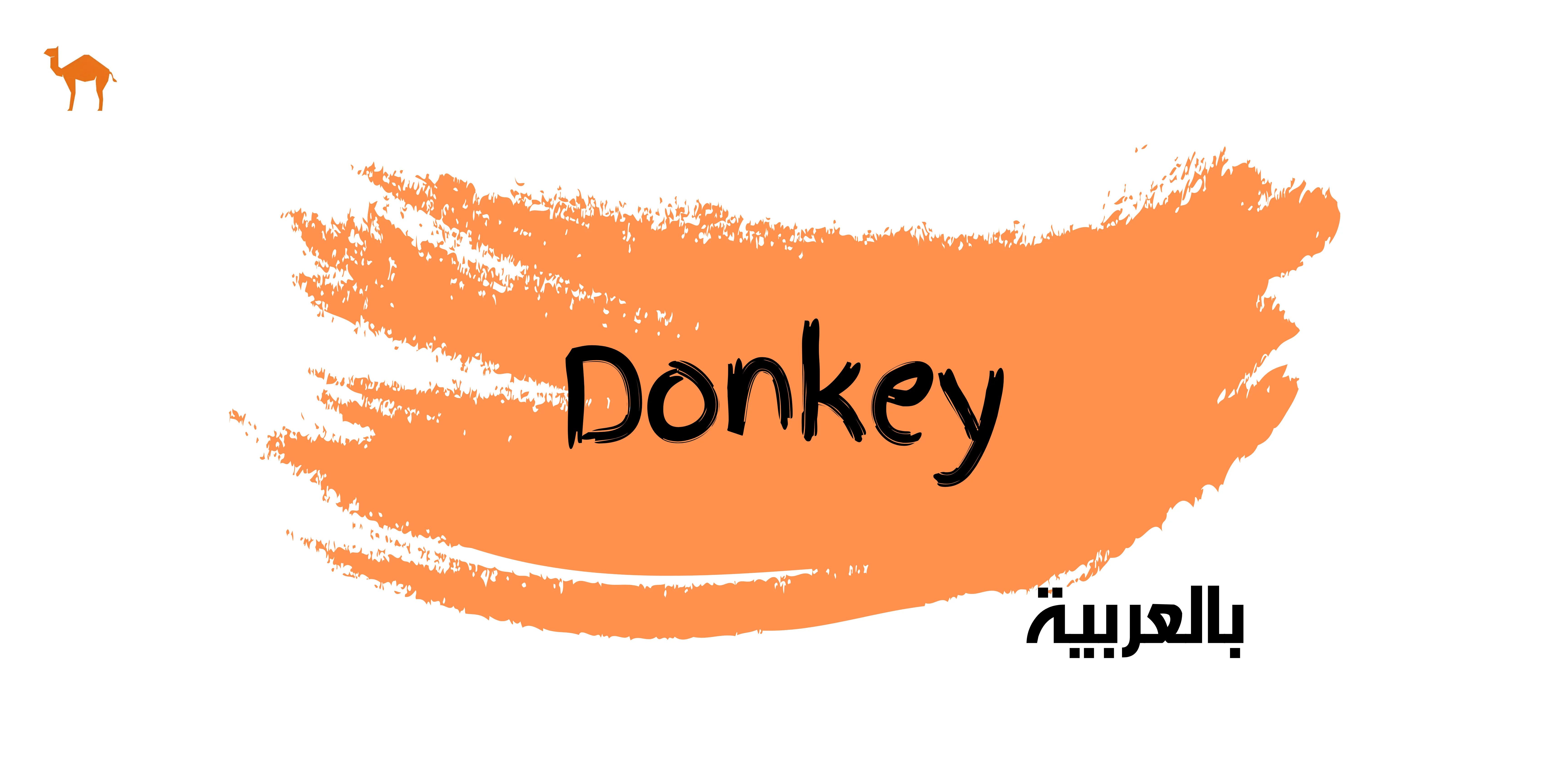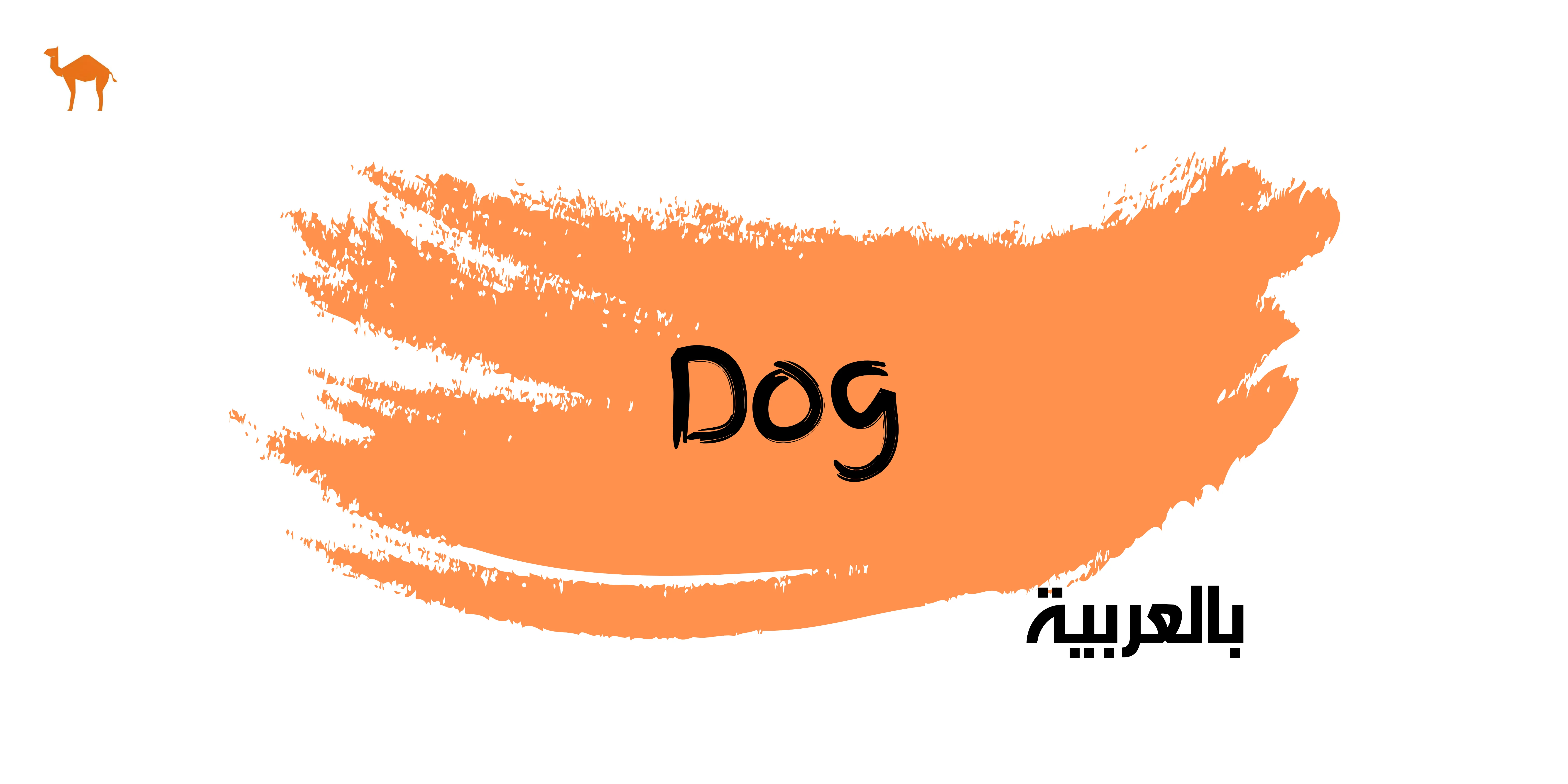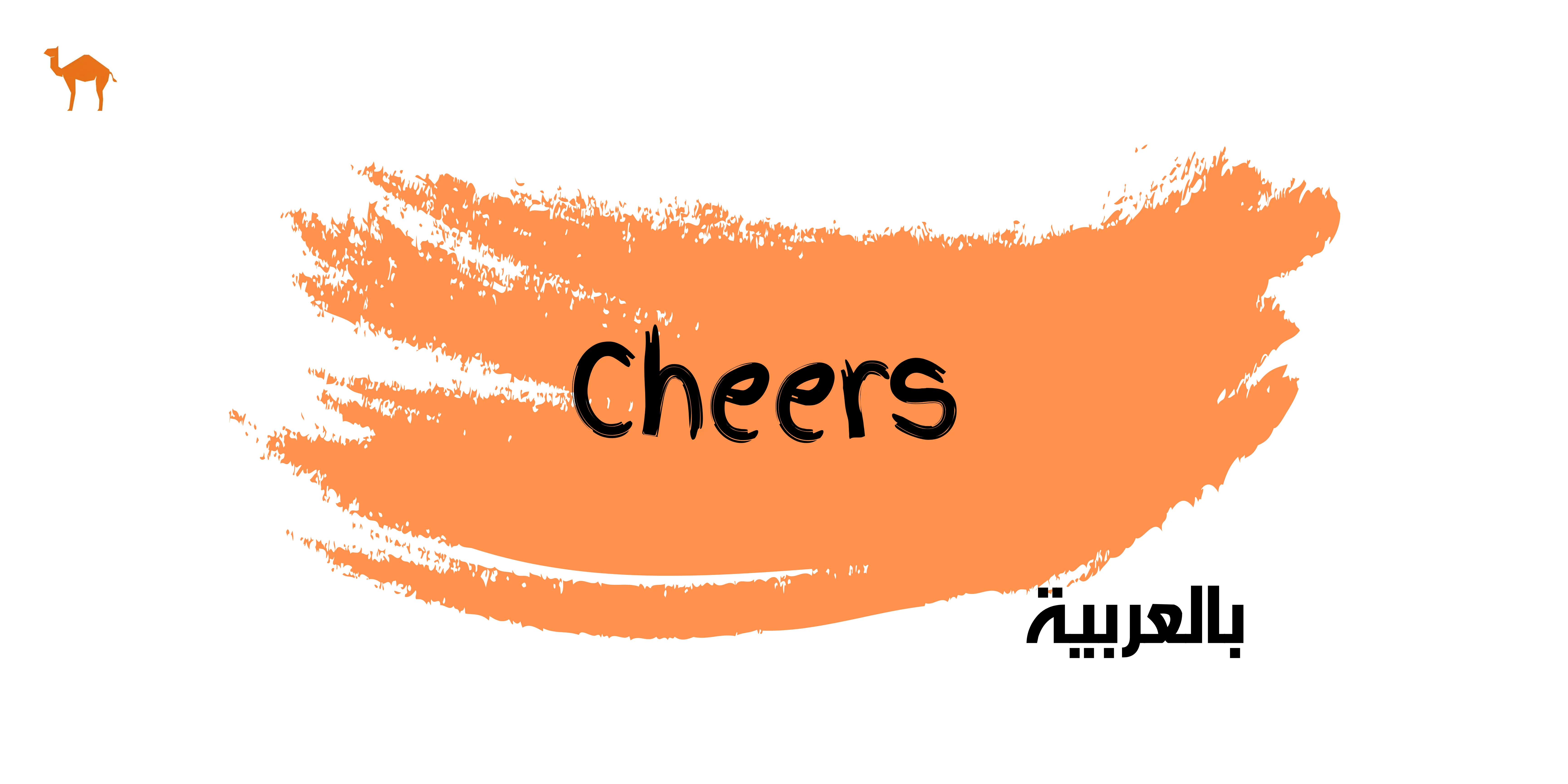How to Say 'Beautiful' in Arabic

"Beautiful" is an adjective that describes something or someone with qualities that give great pleasure or satisfaction to the senses, especially the sight, or that delight the mind or spirit. Beauty can be perceived in various forms, including physical appearance, nature, art, music, and abstract concepts. In this article, we will explore the various ways of how to say beautiful in Arabic with different dialects.
How to Say Beautiful in Arabic
The following synonyms enrich the Arabic language by offering various ways to express the concept of beauty, each carrying a unique shade of meaning that can capture different aspects of what is considered beautiful.
- Jameel - جميل
This is the most common and straightforward word for "beautiful," applicable to both people and things. "jameel" (جميل) and "jameela" (جميلة) both mean "beautiful," but they differ in gender and usage:
Jameel (جميل): This is the masculine form of the adjective. It is used to describe a male or a masculine noun. For example:
- Rajul jameel (رجل جميل) – a beautiful/handsome man.
- Bayt jameel (بيت جميل) – a beautiful house (since "house" in Arabic is a masculine noun).
Jameel (جميلة): This is the feminine form of the adjective. It is used to describe a female or a feminine noun. For example:
- Imra'a jameela (امرأة جميلة) – a beautiful woman.
- Zahra jameela (زهرة جميلة) – a beautiful flower (since "flower" in Arabic is a feminine noun). - Waseem - وسيم
This means "handsome" or "pretty," primarily used to describe people, especially men. - Hasan - حَسن
This word means "handsome" or "beautiful," often used to describe someone's appearance. 'hasan' (حسن) is used for males or masculine nouns, it can mean "handsome," "good," or "beautiful," depending on the context. 'hasna'' (حسناء) is exclusively used for females, it means "beautiful" or "fair." For example: "khuluq hasan" (خلق حسن) means good character, while "fatat hasna'" (فتاة حسناء) means a beautiful girl. - Ra'e - رائع
This means "wonderful" or "magnificent," used to describe something stunning or awe-inspiring.
Here are some examples of its usage:
Describing a Person:
- "sadiq ra'i" (صديق رائع) – a great friend.
Describing an Experience or Event:
- "rihla ra'i'a" (رحلة رائعة) – a wonderful trip.
Describing an Object or View:
- "kitab ra'i" (كتاب رائع) – a fantastic book.
Describing an Abstract Concept:
- "injaz ra'i" (إنجاز رائع) – a remarkable achievement. - Bahee - بهيّ
This word means "radiant" or "splendid," often used in a poetic or literary context. The term can be applied to both people and objects. This term can be used for both people and things, highlighting their exceptional and striking qualities.
Usage Examples:
Describing a Person:
- "wajh bahee" (وجه بهيّ) – a radiant face.
Describing an Abstract Concept:
- "ibtisama baheeya" (ابتسامة بهيّة) – a radiant smile. - Faten - فاتن
This means "captivating" or "charming," often used to describe someone very attractive or alluring. 'faten' is used for males or masculine nouns, and 'fatena is used for females. For example: "rajul faten" (رجل فاتن) means a charming man, and "imra'a fatena" (امرأة فاتنة) means a captivating woman. - Jathab - جذاب
'Jathab' is an adjective that means "attractive" or "charming." It describes someone or something that draws attention and admiration due to appealing qualities.
Usage Examples:
Person:
- "Rajul jathab" (رجل جذاب) – an attractive man.
- "Imra'a jathaba" (امرأة جذابة) – an attractive woman.
Object or Concept:
- "Manzar jathab" (منظر جذاب) – an attractive view.
- "Fikra jathaba" (فكرة جذابة) – an attractive idea. - Khallab - خلّاب
This word means "enchanting" or "fascinating," used to describe something that draws you in with its beauty. 'Khallab' is used for males or masculine nouns, and 'Khallaba' is used for females. For example: "tabi'a khallaba" (طبيعة خلّابة) means an enchanting nature, and "manzar khallab" (منظر خلّاب) means a captivating view. - Zahee - زاهي
This means "vivid" or "bright," often used to describe colors or something visually striking. 'Zahee' is used for males or masculine nouns, and 'Zahiya' is used for females. For example: "fustan zaahi" (فستان زاهي) means a vivid dress, and "shams zahiya" (شمس زاهية) means a bright sun.
How to Say Beautiful in Arabic Dialects
The word 'beautiful' in Arabic dialects varies across different regions, each with its unique pronunciation and nuances. Here are some common ways to say "beautiful" in various Arabic dialects:
Egyptian Arabic:
- For a female: "helwa" (حلوة).
- For a male: "helw" (حلو).
Levantine Arabic (spoken in Syria, Lebanon, Jordan, and Palestine):
- For a female: "helwa" (حلوة) or "jameela" (جميلة).
- For a male: "helw" (حلو) or "jameel" (جميل).
Gulf Arabic (spoken in the UAE, Qatar, Kuwait, Bahrain, and Saudi Arabia):
- For a female: "jameela" (جميلة) or "mazyouna" (مزيونة).
- For a male: "jameel" (جميل) or "mazyoun" (مزيون).
Iraqi Arabic:
- For a female: "helwa" (حلوة) or "zaina" (زينة).
- For a male: "helw" (حلو) or "zain" (زين).
Moroccan Arabic (Darija):
- For a female: "zwaina" (زوينة).
- For a male: "zwain" (زوين).
Tunisian & Libyan Arabic:
- For a female: "bahya" (باهيّة).
- For a male: "bahy" (باهي).
Algerian Arabic:
- For a female: "shaba" (شابة) or "maleeha" (مليحة).
- For a male: "shab" (شاب) or "maleeh" (مليح).
Explore the richness of the Arabic language and culture with eArabic.io's online courses tailored for learners worldwide, whether you're a beginner or an advanced student, our comprehensive curriculum and expert instruction provide an immersive learning experience accessible from anywhere. Dive into the program in Arabic, designed to deepen your understanding and proficiency in this vital language. Book a free Arabic lesson!


